Variegated String of Hearts
- March 19, 2024
- 0 comment
The Variegated String of Hearts, or Ceropegia woodii var., is a beautiful houseplant loved for its heart-shaped leaves and trailing vines. This plant is easy to care for and is a favorite among plant lovers because of its attractive appearance.

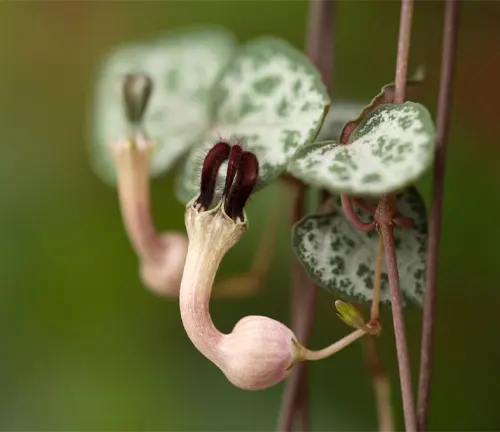
Its unique look adds a touch of charm to any space, making it a popular choice for indoor decoration. If you’re looking for a low-maintenance yet visually appealing plant to brighten up your home, the Variegated String of Hearts is a great option to consider!
| Characteristics | Description |
| Scientific Name | Ceropegia woodii var. |
| Common Names | Variegated String of Hearts, Chain of Hearts, Rosary Vine |
| Family | Apocynaceae |
| Native Region | South Africa |
| Plant Type | Succulent, trailing vine |
| Size | Typically grows up to 6-12 inches tall and can spread up to 2-4 feet wide |
| Leaves | Distinctive heart-shaped leaves, often variegated with shades of green, silver, and cream |
| Flowers | Unique tubular flowers with shades of purple and maroon, resembling small lanterns |
| Propagation | The Variegated String of Hearts can be easily propagated from stem cuttings, making it a popular choice for sharing among gardening enthusiasts. |
| Drought Tolerance | This plant exhibits high drought tolerance, making it well-suited for arid or dry conditions. |
| Cultural Uses | It is often used in hanging baskets or as a trailing accent in container gardens, adding a touch of natural elegance to indoor spaces. |
| Ecological Role | In its native habitat, the Variegated String of Hearts contributes to the biodiversity of its ecosystem, providing habitat and sustenance for local fauna. |
| Notable Species | While Ceropegia woodii var. is the most well-known species, there are several other Ceropegia species with unique characteristics and growth habits. |
| Hardiness Zones | It is typically suited for USDA hardiness zones 10-12, preferring warmer climates for optimal growth. |
| Growth Rate | The Variegated String of Hearts is known for its moderate growth rate, making it an ideal choice for both novice and experienced gardeners. |
| Lifespan | Under proper care, this plant can have a long lifespan, providing years of enjoyment with minimal maintenance. |
Botanical Beauty of “Variegated String of Hearts”
The Variegated String of Hearts is not just any plant; it’s a stunning botanical beauty that adds a touch of woodland charm to your home. With its variegated leaves that look like a string of colorful hearts, this plant creates a beautiful and eye-catching display that can make any indoor area feel more inviting and cozy.
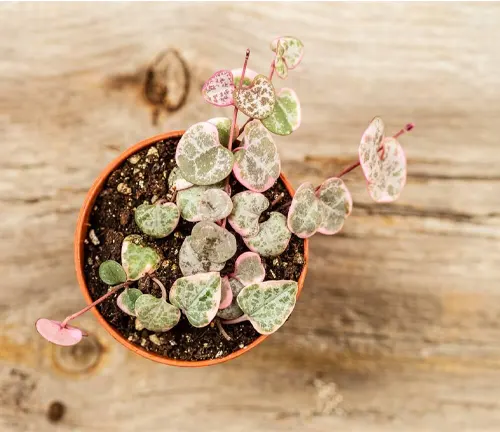
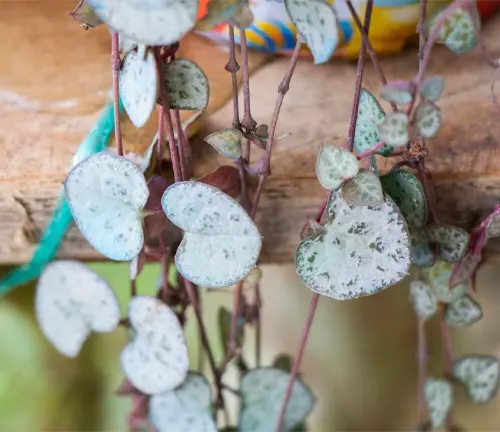
Woodland Elegance
The Variegated String of Hearts brings a touch of woodland elegance to any indoor or outdoor space with its delicate and intricate foliage. This plant’s charming leaves create a natural and graceful atmosphere, enhancing the beauty of its surroundings with a sense of woodland charm.
Ecological Importance
In its natural environment, the Variegated String of Hearts plays a crucial role in the local ecosystem by providing support for pollinators and helping to maintain the biodiversity of the region. This plant is not just a beautiful addition to the landscape; it actively contributes to the health and balance of its surroundings by attracting and sustaining important wildlife like bees and butterflies.

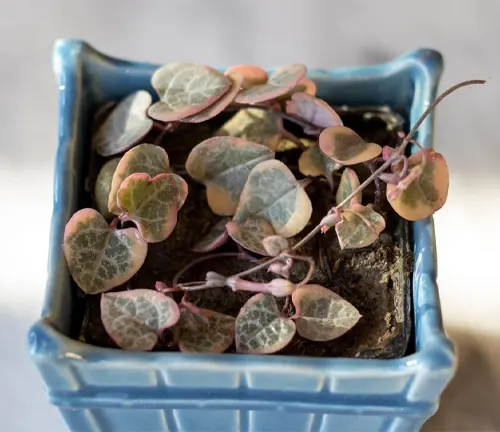
Cultivation and Conservation
It is crucial to conserve and cultivate the Variegated String of Hearts to protect its genetic diversity and secure its availability for future plant lovers. By preserving this species, we can ensure that its unique traits and beauty are maintained for generations to come, allowing people to continue enjoying and appreciating this wonderful plant. Conservation efforts play a vital role in safeguarding the Variegated String of Hearts for the future.
Fragrance
The Variegated String of Hearts may not have a strong fragrance, but its striking visual appeal and trailing vines more than make up for it. This plant’s charm lies in its heart-shaped leaves and graceful growth, adding a touch of beauty to any room without relying on scent.
While some plants delight our sense of smell, the Variegated String of Hearts captivates with its intricate foliage and elegant cascading vines, making it a popular choice for those who appreciate aesthetics over fragrance in their indoor greenery. Despite its lack of fragrance, this plant’s unique appearance can transform any space into a green oasis.
Its trailing growth habit allows it to drape elegantly from shelves or hanging baskets, creating a whimsical and enchanting atmosphere. So, while you may not catch a whiff of perfume from the Variegated String of Hearts, you’ll certainly be captivated by its beauty and the way it effortlessly enhances the visual appeal of your home decor.
Soil Stabilization
Beyond its decorative charm, the Variegated String of Hearts offers a practical benefit by aiding in soil stabilization, particularly in appropriate outdoor settings. This means that when planted in the right conditions, this plant’s root system can help prevent soil erosion and promote soil health.
By anchoring itself in the ground and spreading its roots, the Variegated String of Hearts contributes to maintaining the integrity of the soil, making it a valuable asset for landscaping projects where soil stability is a concern.
When considering landscaping options, the Variegated String of Hearts stands out not only for its beauty but also for its ability to serve a dual purpose by enhancing the aesthetics of an area while also providing a natural solution for soil stabilization. This makes it a practical choice for outdoor spaces where both functionality and visual appeal are desired.
So, next time you’re planning a landscaping project, consider incorporating the Variegated String of Hearts to not only add a touch of elegance but also contribute to the long-term health and stability of the soil in your garden or landscape.
Common Uses
While the Variegated String of Hearts is commonly enjoyed as a decorative houseplant, its versatility extends to various creative gardening arrangements. This plant can be a fantastic addition to living walls, where its trailing vines can cascade down, adding a touch of greenery and charm to vertical spaces.
Additionally, the Variegated String of Hearts thrives in terrariums, creating miniature landscapes that are easy to care for and visually appealing.Incorporating the Variegated String of Hearts into different gardening setups allows for endless possibilities in design and creativity. Whether used in hanging baskets, mixed planters, or even as a ground cover in outdoor gardens, this plant’s unique appearance and trailing growth habit make it a versatile choice for adding interest and beauty to any gardening project.
So, if you’re looking to explore new ways to showcase this plant beyond traditional pots, consider experimenting with living walls, terrariums, or other imaginative gardening arrangements to make the most of its decorative potential.
Benefits
The Variegated String of Hearts offers a range of benefits that make it a popular choice for indoor spaces. Its unique appearance adds visual interest and a touch of charm to any room, making it a delightful addition to your home decor. This plant is not only visually appealing but also requires minimal maintenance, making it ideal for those looking for a low-effort yet beautiful plant to brighten up their living spaces.
Moreover, the Variegated String of Hearts is well-suited for hanging baskets and trailing planters, allowing you to create stunning displays that elevate the look of your home. Its trailing growth habit adds a dynamic element to your decor, whether cascading from shelves or hanging gracefully from planters. With its aesthetic appeal, easy care requirements, and versatility in different planting arrangements, the Variegated String of Hearts is a fantastic choice for anyone seeking a stylish and hassle-free indoor plant.
Different Species
Ceropegia woodii
(String of Hearts)
This is the original variety with small, heart-shaped leaves, rich dark green and silver veining, and contrasting burgundy undersides and stems.

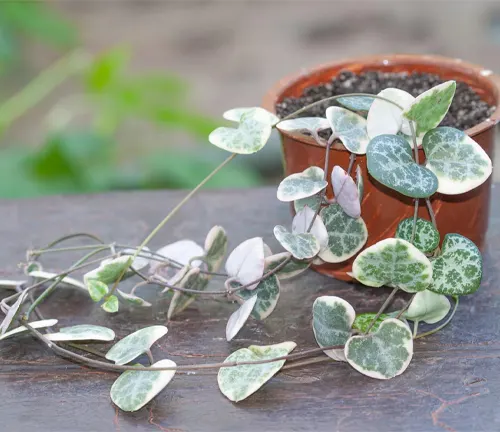
Ceropegia Woodii Variegata
(Variegated String of Hearts)
Features leaves with silver markings, pink and cream variegation, and purple hues on the stems.
Ceropegia Woodii ‘Silver Glory’
(String of Hearts Silver Glory)
This variety has apple-shaped leaves with strong silver variegation covering the majority of each leaf, with a thin line of dark green on the edges.

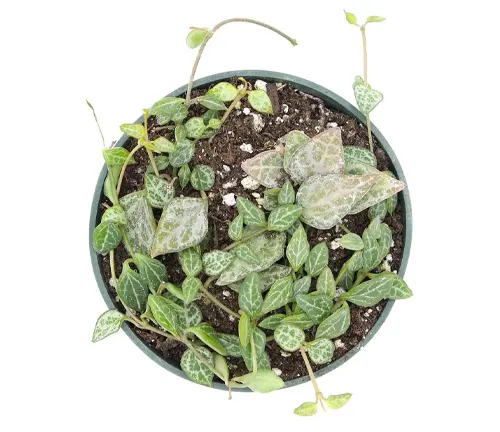
Ceropegia Woodii ‘Heartless’
(String of Spades)
Known for its brighter green leaves, lighter green mottling, and very light pink stems, resembling the shape of a spade from a suit of cards.
Ceropegia linearis
(String of Needles)
This species features slender, long, mottled green leaves resembling needles, distinct from the heart-shaped leaves of other varieties.

Frequently Asked Questions (FAQs)
1. What is the scientific name of the Variegated String of Hearts?
The scientific name is Ceropegia woodii variegata.
2. How often should I water my Variegated String of Hearts?
Water when the top inch of soil feels dry to the touch, typically every 1-2 weeks, depending on the environment’s humidity and temperature.
3. Can the Variegated String of Hearts thrive in low light?
While it prefers bright, indirect light, it can tolerate lower light conditions. However, its growth may slow, and the variegation of its leaves may become less pronounced in insufficient light.
4. What are the main differences between the Variegated and non-variegated String of Hearts?
The Variegated String of Hearts features leaves with shades of green, silver, and cream, sometimes with pink hues, while the non-variegated variety has mostly green leaves with a silver sheen.
5. How do I propagate the Variegated String of Hearts?
Propagation can be easily done by placing stem cuttings in water or directly into soil. Ensure the cuttings have at least one node buried, as roots will develop from these points.
6. Are Variegated String of Hearts pet-friendly?
Yes, the Variegated String of Hearts is non-toxic to cats and dogs, making it a safe choice for pet owners.
7. What type of soil is best for the Variegated String of Hearts?
A well-draining succulent or cactus mix is ideal, as it prevents root rot by allowing excess water to escape quickly.
8. Can I grow the Variegated String of Hearts outdoors?
Yes, in USDA hardiness zones 10-12, it can be grown outdoors. In cooler climates, it’s best kept as a potted plant and brought inside during colder months.
9. Why are the leaves on my Variegated String of Hearts losing their variegation?
Loss of variegation can occur due to insufficient light. To preserve the vibrant variegation, ensure the plant receives plenty of bright, indirect sunlight.
10. How fast does the Variegated String of Hearts grow, and how long can it live?
It has a moderate growth rate and can live for many years with proper care. Providing optimal growing conditions can enhance its growth and longevity.


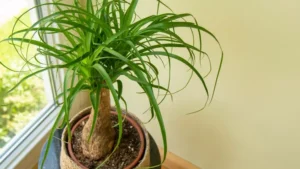
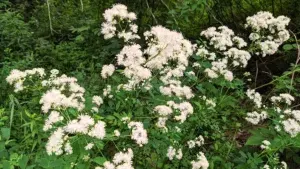
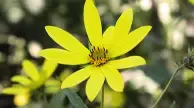
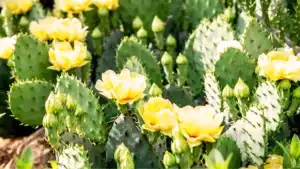
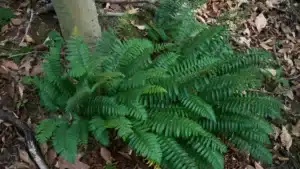
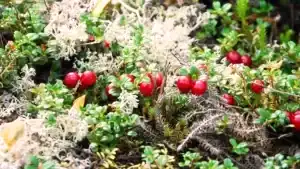
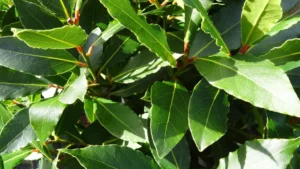
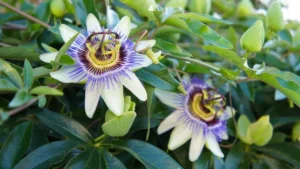
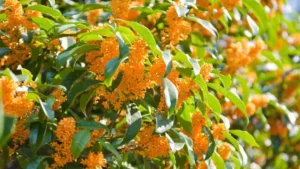
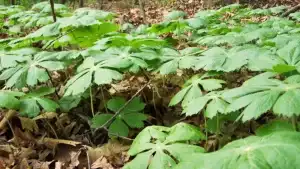
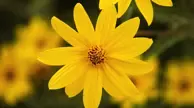
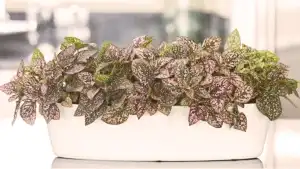
Leave your comment